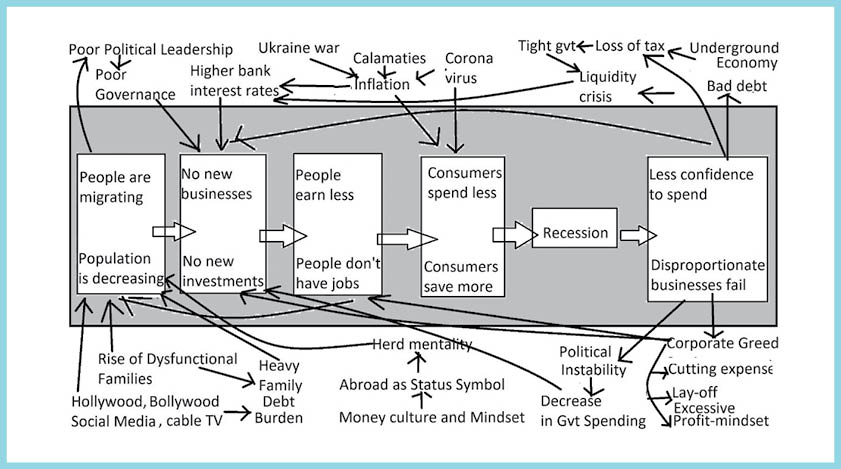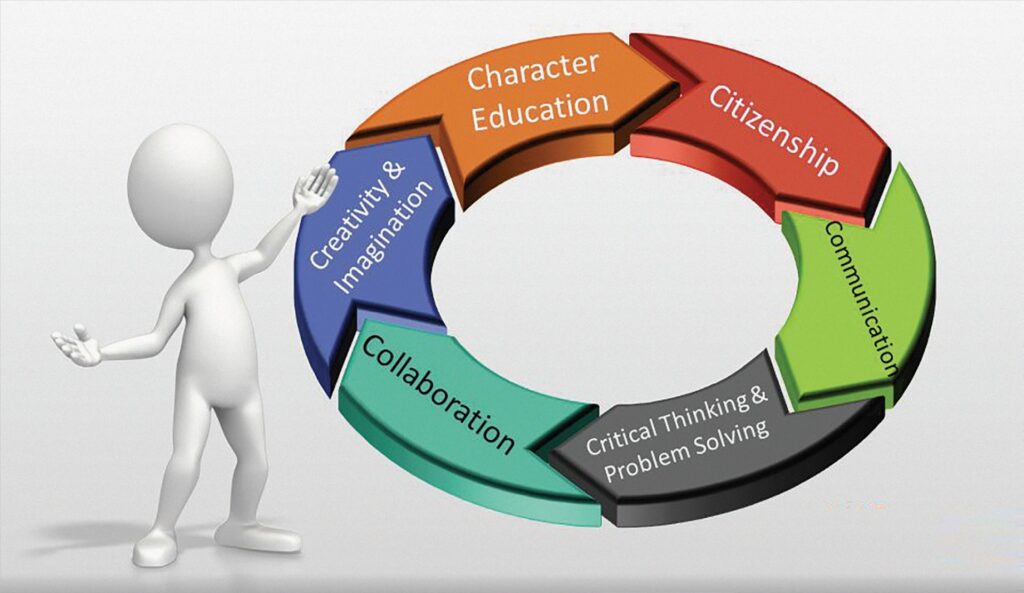
Nepal’s Current Problems
There is no shortage of problems in Nepal. Currently, we all are facing the biggest problem of economic recession. Some of us have been affected directly while others have been affected indirectly. Let me just list down some of the symptoms of this problem which is known to most of us:
- Graduates can’t find jobs
- Those who have jobs can’t get a promotion
- Customer footfalls have declined dramatically
- People are no longer buying land and houses
- Credit cooperative organizations are failing one after another
- Debtors can’t pay their interest to the banks
- Stores are getting shut across key marketplaces
- The once booming economic centers including Kathmandu are turning lifeless
Most Popular Theories
Some believe that the reason behind the recession is the liquidity crisis as a result of some political leaders and businessmen hiding the cash. Some say it is the corruption in the government that is causing the recession.
The Most Popular Prognosis
Consequently, many have a dark prognosis for Nepal and think the country will go bankrupt. Those who can leave the country as Nepal will be economically ruined.
Debunking the Theories and Prognosis
 As I said earlier, we have lots of problems in Nepal and as a result, the youths have long been attracted to migrate abroad for a better life to avoid the problems they face in the country. Many political leaders and businessmen have always been hoarding cash and corruption was always rampant. So how can you explain the current recession and the above symptoms? As far as the mass exodus prognosis is concerned the problem is that the world is facing a recession at the global level and in every country that the Nepali people go they are facing worse problems than what they are facing here.
As I said earlier, we have lots of problems in Nepal and as a result, the youths have long been attracted to migrate abroad for a better life to avoid the problems they face in the country. Many political leaders and businessmen have always been hoarding cash and corruption was always rampant. So how can you explain the current recession and the above symptoms? As far as the mass exodus prognosis is concerned the problem is that the world is facing a recession at the global level and in every country that the Nepali people go they are facing worse problems than what they are facing here.
So, I propose a new theory on this recession to explain, to make predictions, and to prepare ourselves for the future. As a writer and management consultant, my expertise is in getting information from multiple sources and combining them into frameworks to make a coherent theory and a representative story.
I’m not claiming it anyway to be the authority in economics or even politics. Still, I hope that my findings help you navigate through this recession and come out of it.
The Correct Diagnosis of the Recession: The Recession Supermodel
This model combines macroeconomics, microeconomics, psychology, sociology, and common sense. Also, I was so frustrated as I was doing research for this article series because of the implication of my findings but I also found the cure within the supermodel. Finally, I found some respite. This ‘supermodel’ is not only the out-of-the-box type of thinking but should I say, it is the out-of-the-room or out-of-the-building type of thinking. I do not suggest that all of you will agree with this supermodel but I am hopeful that it will become a basis for you to make your model and try to solve this very serious problem Nepal is facing. There have been recessions in the world and different parts of it. The cause and the remedy are always different. Because this is in article format and not a book, I will not be able to elaborate further on this and will leave you to do your research. Below is the supermodel diagram.
This diagram is divided into three parts. The middle part in the gray shade represents the mechanics or anatomy of recession meaning how it occurs. The upper part represents the macroeconomic factors that caused this recession. The lower part represents the microeconomic factors, the psychological and sociological factors that caused this recession.
So, let’s start with the mechanics or anatomy of recession. In this theory, the recession is caused first by people spending less and saving more. They do that because either they earned less than before or they don’t have jobs. This is because, in existing businesses, no new investment is injected and new businesses are formed. The root cause of the recession is that people are migrating in excessive numbers and as a result population is decreasing exponentially.
People are migrating because of mainly the rising family problems like marital conflicts, and debts accumulated to maintain the standard in society, but mainly because going abroad has become a status symbol. This is the elephant in the room nobody wants to talk about. We all like to say that the youth is leaving Nepal because of the poor governance which is true but as you can see in the diagram it affects mainly the new businesses/investments which is a totally different problem by itself, which originates from as far as the World Trade Organization (WTO) agreement in 2004.
Predictions from the Recession Supermodel
The prognosis from this supermodel is that since GDP is highly correlated with the increasing population this is what is not happening so we will see recession getting worse over the next decade with increasing migration and lower birthrates. So, the symptoms mentioned at the beginning of this article will increase.
However, this supermodel also has its own self-correcting mechanism which is what gives me hope. If as a society we start believing that it is a status symbol ‘to keep our children back in Nepal’ and we can ‘rise above the money mindset’ then we will have a critical mass of people like the Kathmandu Metropolitan City Mayor Balen Shah. Subsequently, in terms of entrepreneurship development, the tipping point for our economy will be reached, leading it into a growth phase beyond our imagination.
One-line Recommendation Based on the Supermodel of Recession, to
Students: Dream of doing something in Nepal.
Job seekers: Use the marketing strategies you learned for yourself because your time and skill are your product.
Job holders: You get promoted only if your company grows and it grows only if the economy grows.
Professionals: Diversify your service offerings.
Business owners: Cash on the new consumer bases and consumption trends.
Entrepreneurs: Innovate, not copycat.
Investors: If you have money, it is your duty to invest.
Policymakers at the government level: Re-brand Nepal in the eyes of the youth, from poor to prospering.
Politicians in power: Have a concrete vision based on sound theory.
Politicians not in power: Serve the community in advance.
Shrestha is a management consultant, trainer and writer.


